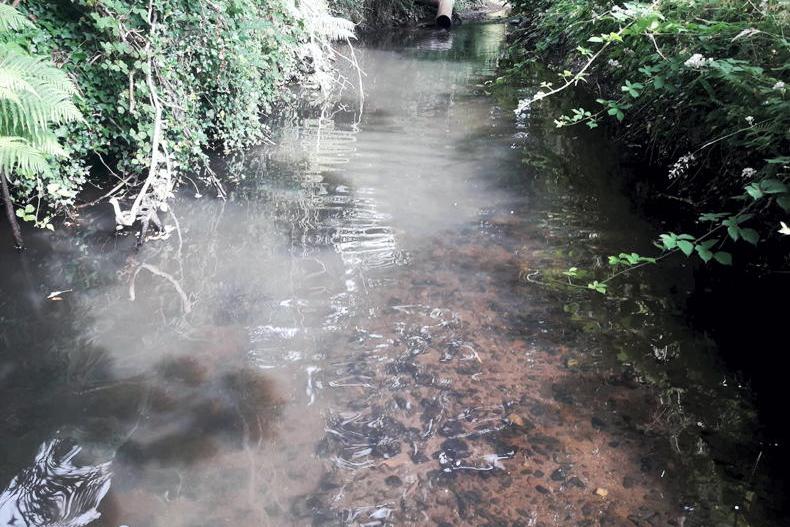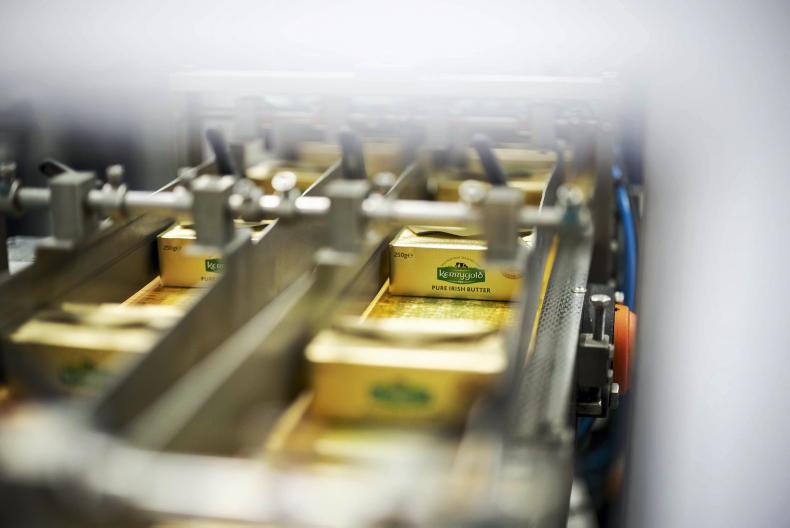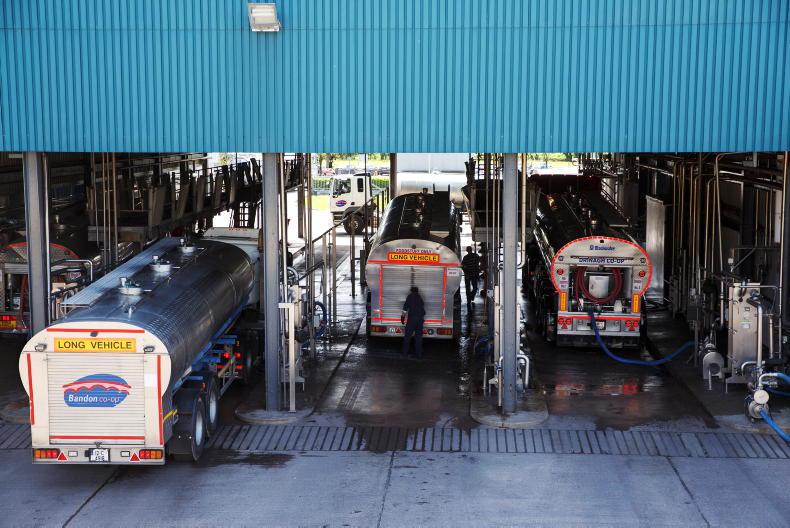Costs
Now that 2024 has come to a close it’s a good opportunity to review the year from a financial perspective. While all the analysis would suggest that it has been a very profitable year for dairy farming, most farmers say it didn’t feel like it for much of the year.
There’s no doubt but there is more volatility in dairy markets now than before, so skills around managing costs and profit is more important than ever. Getting a handle on costs is the first step to managing them. Looking at them over a number of years is better than looking at them for just one year as it shows trends.
Being able to compare costs on one farm to average costs within a discussion group, region or similar-sized farm is where the real value is, because then the question can be asked why is this cost higher or lower than the average or best? This is what happens in New Zealand and it works well.
In my view, costs should be worked out on a whole-farm basis (dairy, beef and replacements) on a c/l – or better still €/kg – MS basis. In other words, divide the total costs for, say, electricity or contractor by the total amount of litres or milk solids produced.
When looking at Teagasc profit monitor output sheets, just look at the whole-farm reports as they give a better picture than dairy only. Over the next few weeks, we hope to look at costs in more detail and how they can be reduced in 2025.
Fertiliser
Over the next few weeks attention will be turning to fertiliser for the spring. While costs have been relatively stable over the last few months, and considerably lower than this time last year, there is instability in the world. That doesn’t mean prices are going to go up or down, but it’s something to be aware of.
It’s always good policy to have product on hand when you need it, and for those on drier land that means the first of the nitrogen should be applied when conditions are suitable in early February. There has been a lot of debate about protected urea over the last few months and there were certainly issues last year with the ability to spread properly.
The consensus seems to be that in many cases protected urea without other compounds included, such as sulphur or potash, spreads better as the bulk density is consistent. Some companies have found ways around spreading compounds by putting it all in the one granule and others report no issues, so it depends on who you talk to.
Silage quality
We saw last year how milk production tanked when cows were fed poor-quality silage due to poor grass growth in March, April and May. The same happened on some farms in August and September. There needs to be about six weeks’ worth of good-quality silage on hand for emergency use. This should be over and above what is needed for spring and autumn.
That corresponds to the equivalent of about 1.5 round bales of high-quality silage per cow. With silage stocks low, the temptation will be to generate bulk next summer. While it’s important to have quantity, having some quality on hand will also be key.









SHARING OPTIONS